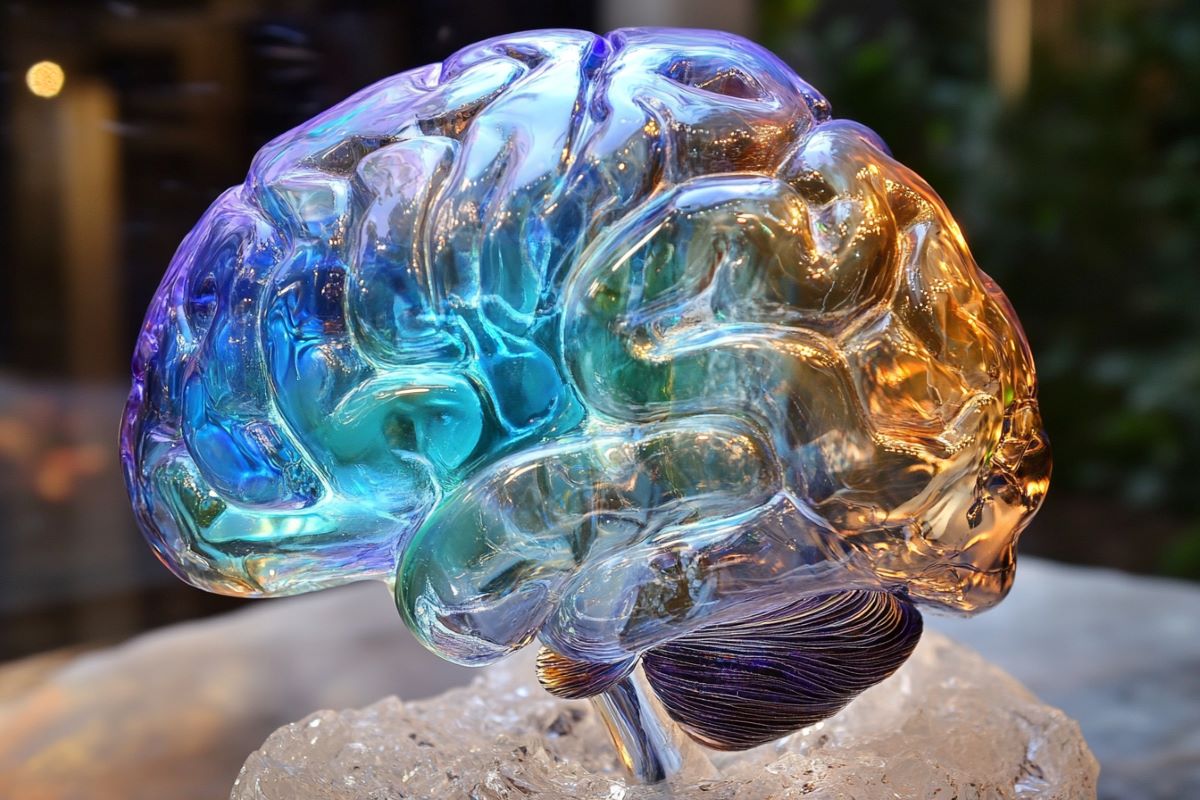Do you have ANY proof this actually created recovery in stroke patients?
Biodegradable Brain Electrodes Advance Neural Repair
Summary: Researchers have developed a flexible, biodegradable electrode capable of stimulating neural precursor cells (NPCs) in the brain, offering a safer and more precise alternative for neural repair. The electrode dissolves naturally after seven days, eliminating the need for surgical removal while promoting tissue regeneration.
Made from FDA-approved materials, the device successfully increased NPC activity in preclinical models without causing significant inflammation or damage. This innovation could significantly expand treatment options for neurological disorders, which are a leading cause of disability worldwide.
Future developments aim to integrate drug and gene therapy delivery into the electrodes for enhanced therapeutic potential.
Key Facts:
- Innovative Design: The biodegradable electrode stimulates neural repair without requiring surgical removal.
- Targeted Activation: Stimulating neural precursor cells boosts repair of damaged brain tissue.
- Future Potential: Researchers plan to integrate drug and gene therapies into the device.
Source: University of Toronto
University of Toronto researchers have developed a flexible, biodegradable electrode capable of stimulating neural precursor cells (NPCs) in the brain – a device capable of delivering targeted electrical stimulation for up to seven days before it dissolves naturally.
By harnessing the body’s innate repair mechanisms, the researchers’ approach represents a potential step forward in the treatment of neurological disorders that are a leading cause of disability worldwide.

While neurological disorders often result in irreversible cell loss, stimulating NPCs – rare cells capable of repairing neural tissue – has shown promise when it comes to expanding limited treatment options.
However, existing methods such as transcranial direct current stimulation lack precision and can damage tissue. The electrode developed by U of T researchers, on the other hand, provides precise, safe and temporary stimulation without requiring subsequent surgical interventions.
“Our findings demonstrate that this electrode can stimulate neural repair in a controlled, temporary manner, which is crucial for avoiding complications associated with permanent implants,” says Tianhao Chen, a PhD student in biomedical engineering who is the study’s lead author.
The research, published in a recent issue of Biomaterials, was led by Hani Naguib, a professor in the departments of materials science and engineering and mechanical and industrial engineering in the Faculty of Applied Science & Engineering, and Cindi Morshead, a professor of surgery in the Temerty Faculty of Medicine who is cross-appointed to the Institute of Biomedical Engineering.
“Neural precursor cells hold significant potential for repairing damaged brain tissue, but existing methods for activating these cells can be invasive or imprecise,” Morshead says.
“Our biodegradable electrode provides a solution by combining effective stimulation with reduced patient risk.”
To design the biodegradable neural probe, the team focused on materials that provided both biocompatibility and tunable degradation rates.
Poly(lactic-co-glycolic) acid (PLGA), a flexible material approved by the U.S. Food and Drug Administration, was chosen for the substrate and insulation layer due to its predictable degradation based on monomer ratios and minimal inflammatory effects.
Molybdenum was selected for the electrode itself due to its durability and slow dissolution – both qualities essential for maintaining structural integrity during the intended one-week stimulation period.
The electrodes were implanted in pre-clinical models and demonstrated the ability to stimulate NPCs effectively, increasing their numbers and activity without causing significant tissue damage or inflammation.
This testing ensured the electrodes’ safety and efficacy for neural repair stimulation within the targeted time frame.
“Our plan is to further develop this technology by creating multimodal, biodegradable electrodes that can deliver drugs and gene therapies to the injured brain,” says Morshead.
“We have exciting data to show that activating brain stem cells with our electrical stimulation devices improves functional outcomes in a preclinical model of stroke.”
About this neurology and neurotech research news
Author: Qin Dai
Source: University of Toronto
Contact: Qin Dai – University of Toronto
Image: The image is credited to Neuroscience News
Original Research: Open access.
“Biodegradable stimulating electrodes for resident neural stem cell activation in vivo” by Tianhao Chen et al. Biomaterials
No comments:
Post a Comment